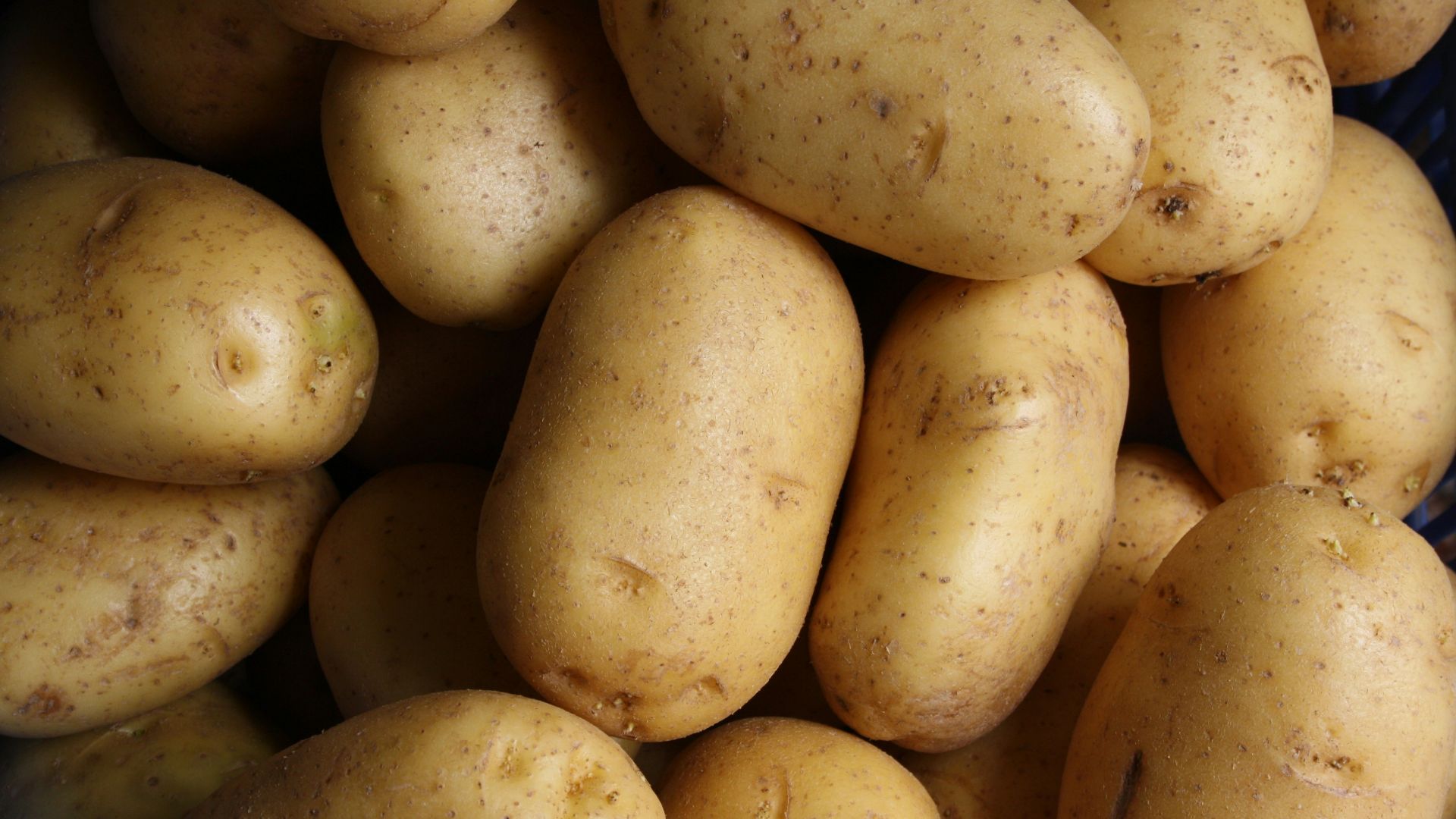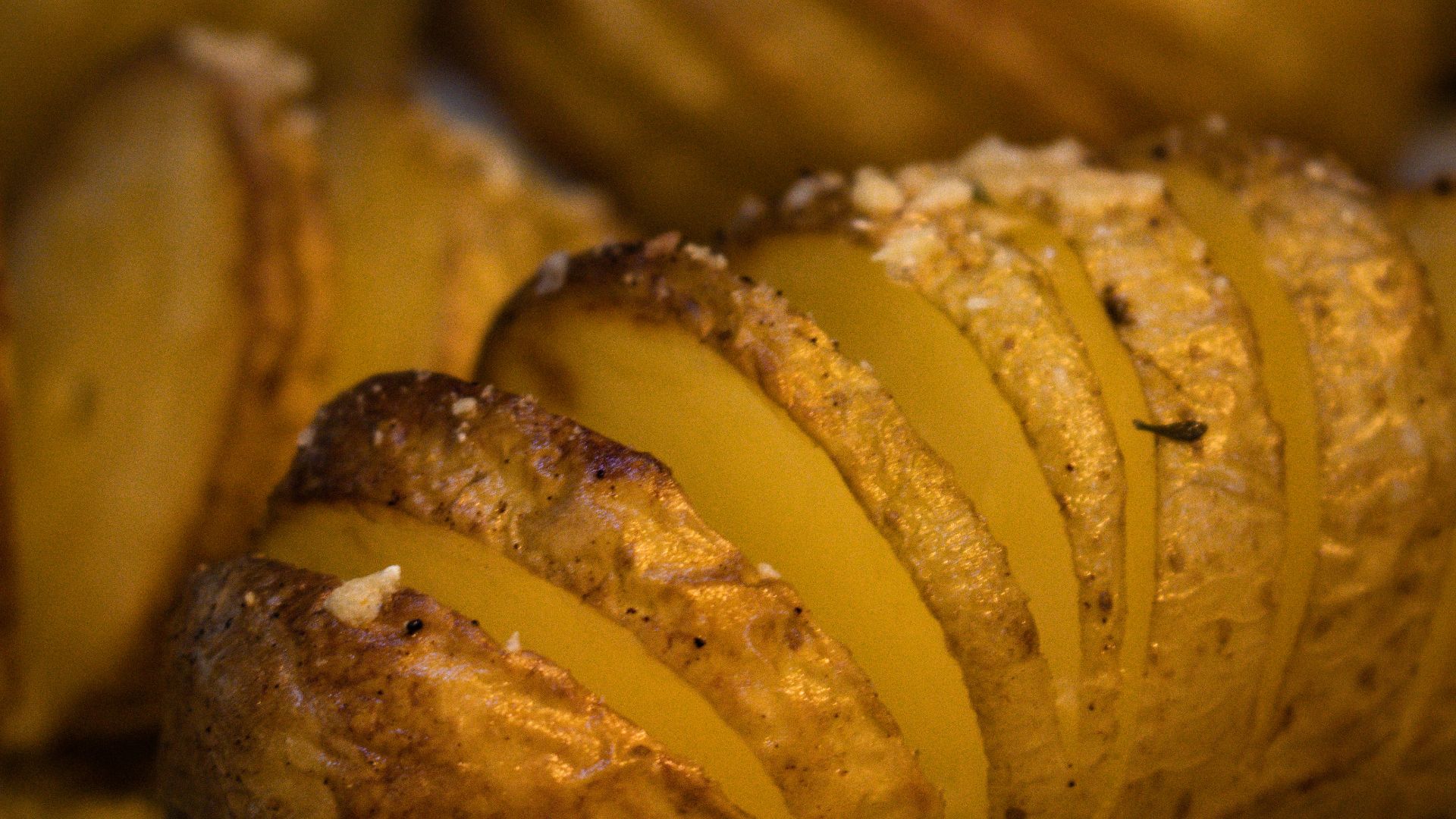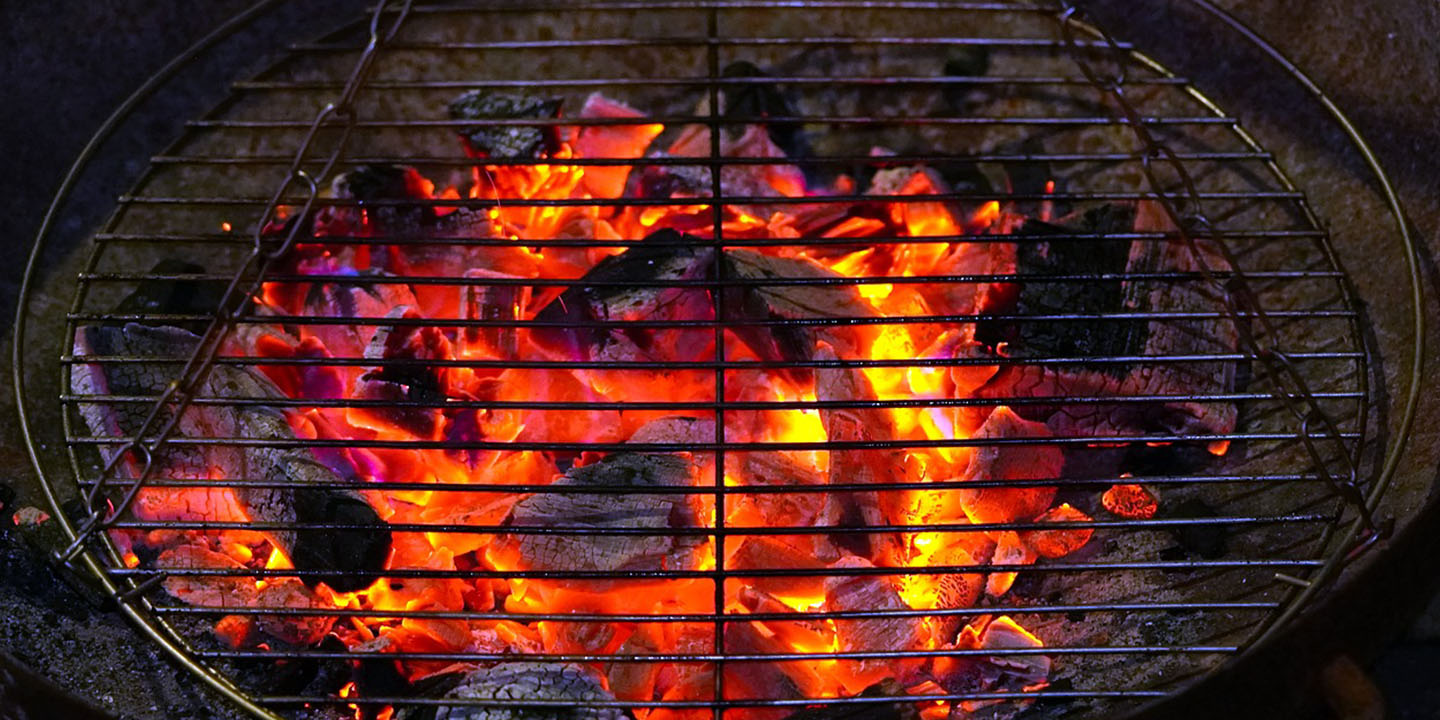The potato didn’t just feed nations, it helped build them. For centuries, this nutrient-dense, cheap, hardy crop powered the growing populations of Europe and the Americas. But today, in the United States, the potato’s reputation has cratered. Americans now eat 30 percent fewer potatoes than during the vegetable’s heyday, consumption dropping to an all-time low of just 45 pounds per year. Even more striking is the collapse in fresh potato consumption, boiled, mashed, roasted, or steamed. 2019 marked the first time frozen potatoes surpassed fresh, a trend that’s only continued since the pandemic.
The shift has left the nation’s favorite vegetable with an identity crisis. Potatoes have been transformed from a versatile whole food to the poster child of the industrialized food system: deep-fried, over-salted, and mass-produced. The same characteristics that made potatoes indispensable to building nations (cheapness, ubiquity, caloric density) are now invoked to smear the spud as a second-class vegetable.
The Cheap Carb
 Pixzolo Photography on Unsplash
Pixzolo Photography on Unsplash
For all the vilification, the lowly potato is incredibly healthy. A typical medium potato with skin has just 110 calories. But those 110 calories pack more potassium than a banana, tomato, spinach, or broccoli: about 620 mg, an important mineral that’s associated with lower blood pressure and a lower risk of hypertension. That same unsung spud provides 50 percent of your daily vitamin C, about 10 percent of vitamin B6, and smaller but still valuable amounts of thiamin, riboflavin, folate, magnesium, phosphorus, iron, and zinc. All that with 2 grams of fiber and almost no sodium, fat, or cholesterol.
The idea that potatoes are just “cheap carbs” is based less on the tuber and more on how it’s prepared. A simple baked potato provides steady energy as well as vitamins, minerals, and filling fiber. A potato smothered in sour cream, bacon, cheese, butter, or fried in a deep fryer is an entirely different thing. That’s not a potato issue. That’s a cooking issue.
It’s About the Cooking
The “bad reputation” of the potato starts with the way Americans cook it. Deep frying doesn’t destroy a potato’s nutrients; it actually increases its dietary fiber. But it also bathes the vegetable in fat and sodium, overwhelming its health benefits. Piling heavy toppings onto potatoes (of any color) creates the same issue.
Healthier cooking can still be flavorful. Tossing roasted potatoes with herbs, crisping smashed potatoes in a little olive oil, steaming potatoes with lemon and garlic, or baking potatoes and topping them with vegetables and yogurt can be satisfying, nutrient-dense meals that don’t also deliver a big-calorie punch. The same rule applies to sweet potatoes and purple potatoes: The potato itself is not the problem; it’s the preparation.
America may be at a potato crossroads, but there can be a potato renaissance. We can return to whole-potato cooking, eat our potatoes in moderation, and return the spud to its rightful place as a nourishing, inexpensive, and delicious food that never should have fallen from grace. So with that in mind, next time you see a potato, don't dismiss it as an unhealthy carb, and give it a chance.
KEEP ON READING









